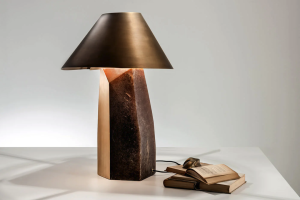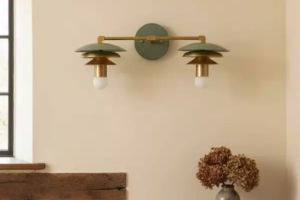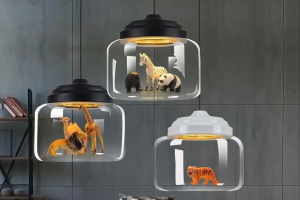Introduction
Light tubes are an innovative way of bringing natural light into your home or workspace. These structures are made up of a series of reflective materials, which direct sunlight into a circular tube, then into your living space. This article delves into the benefits of light tubes and why you should consider installing them in your property.
What are Light Tubes?
Light tubes, also known as tubular skylights or sun tunnels, are used to channel sunlight from outside the property into the interior. A light tube consists of four key elements: a dome-like structure situated on your roof, a reflective tube, a diffuser, and a ceiling fixture. The domed structure on the roof intercepts the sunlight and directs it into the reflective tube. Light then travels through the tube, which vanes and bends to avoid any obstacles in your attic, and reaches the diffuser. Finally, the diffuser found at the ceiling level distributes the sunlight into your living space.
Types of Light Tubes
There are several types of light tubes used to bring natural light into your home or workspace. The most common types include:
- Rigid Tube: These tubes are made of hard materials such as aluminum or steel and are covered in reflective material.
- Flexible Tube: These are less expensive than the rigid ones and are easier to install as they are flexible enough to bend around tight corners.
- Commercial Light Tubes: These are designed specifically for use in commercial settings and are used to provide natural light in larger spaces.
Advantages of Light Tubes
Installing light tubes in your home or workspace has numerous benefits, including:
Energy Savings
Light tubes enable you to use natural light rather than artificial light, which can help to reduce your energy consumption. This means lower energy bills, making light tubes an economical option.
Improved Health and Well-being
Sunlight has been shown to have a positive impact on our mood and general health. Regular exposure to natural light helps our bodies to produce vitamin D, which is essential for a healthy immune system.
Increased Property Value
Installing light tubes can increase the value of your property, especially if you live in areas with fewer hours of sunlight each day. Sunlight is a highly sought-after feature in homes and can be a significant selling point.
Environmentally Friendly
Light tubes make use of a renewable, free source of energy – sunlight – and reduce the amount of electricity used to power artificial lights. This makes them an environmentally friendly option.
Installation Process
Light tube installation is a simple process that can be completed by a skilled professional. The entire installation process has three major steps:
Cutting a Hole in the Roof
The first step is to cut a hole in your roof, which will accommodate the light tube’s dome. Roofers or professional installers will determine the appropriate placement for the hole based on the roof’s angle and the location of any obstacles.
Installation of the Tube and Diffuser
Once the hole is cut, installation professionals will insert the light tube and fit the diffuser in your ceiling. The tube should be extended from the roof, through the attic, and into the room where sunlight is needed.
Sealing the Tube
Sealing the tube is the final step of light tube installation. Professional installers will ensure that any holes or gaps in the tube are adequately sealed to prevent any air ventilation issues.
Conclusion
In conclusion, light tubes offer a viable and innovative way to bring natural light into your home or workspace. They offer several benefits, including energy savings, improved health and well-being, increased property value, and environmental friendliness. With the installation process being relatively simple, you can enjoy the benefits of natural light quickly and easily. So, why not consider adding a light tube or two to brighten up your surroundings?



More Posts
Stunning Vintage Opaline Lights: Illuminating Homes with Timeless Elegance
Bringing Versatility to Light: Exploring the Benefits of Dual Light Technology
Shining Light on E14 Bulbs: The Ultimate Guide to Understanding and Using Them